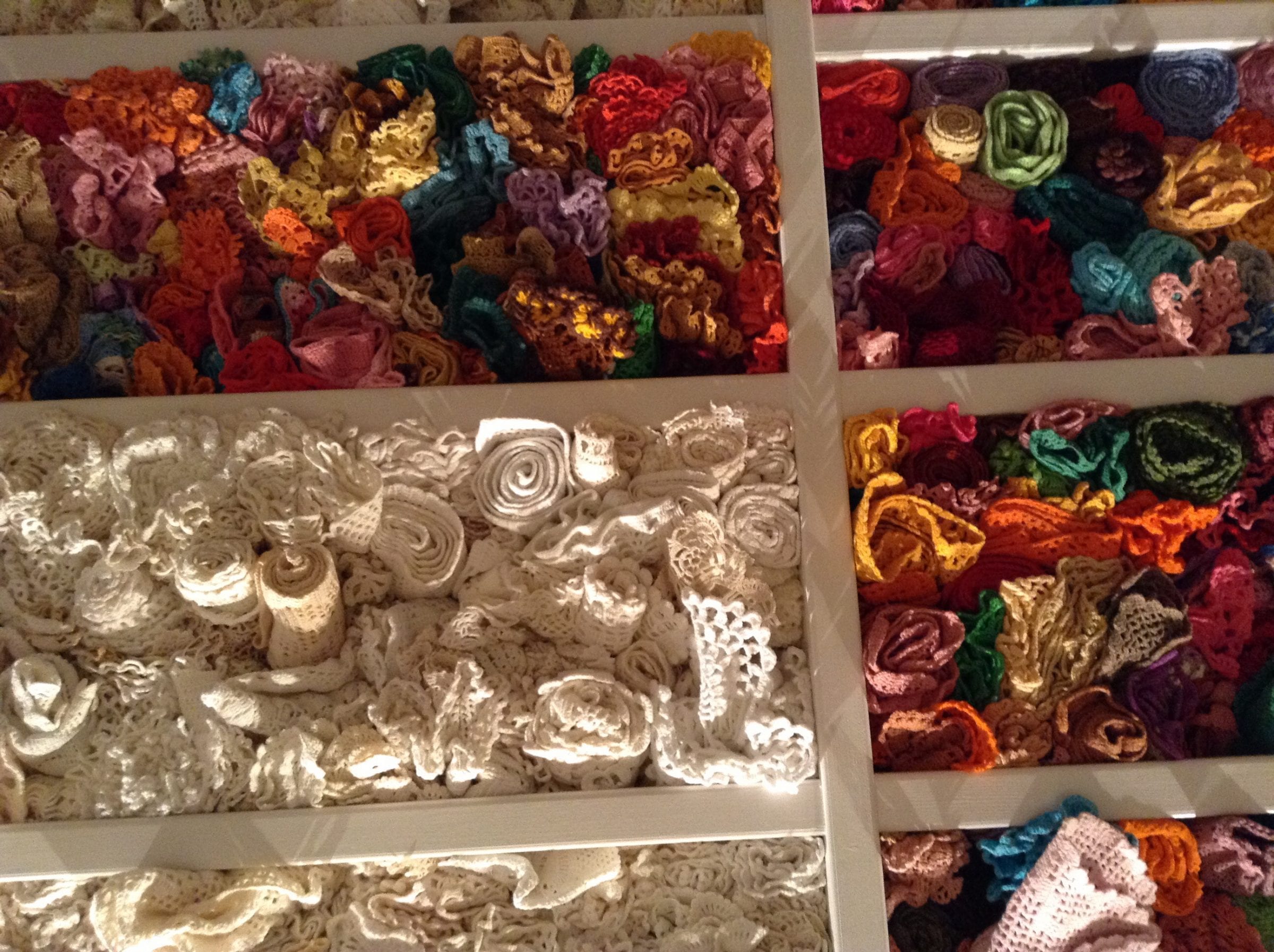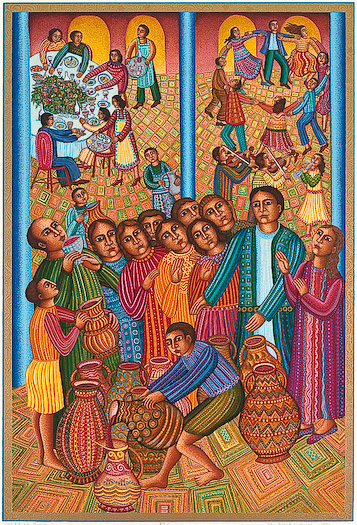An Excerpt From the Artist’s Biography
John August Swanson makes his home in Los Angeles, California, where he was born in 1938. He paints in oil, watercolor, acrylic and mixed media, and is an independent printmaker of limited edition serigraphs, lithographs and etchings.
His art reflects the strong heritage of storytelling he inherited from his Mexican mother and Swedish father. John Swanson’s narrative is direct and easily understood. He addresses himself to human values, cultural roots, and his quest for self-discovery through visual images. These include Bible stories and social celebrations such as attending the circus, the concert, and the opera. He also tells of everyday existence, of city and country walks, of visits to the library, the train station or the schoolroom. All his parables optimistically embrace life and one’s spiritual transformation.
John Swanson studied with Corita Kent at Immaculate Heart College. His unique style is influenced by the imagery of Islamic and medieval miniatures, Russian iconography, the color of Latin American folk art, and the tradition of Mexican muralists.
His art is in no way “naïve.” It is detailed, complex, and elaborate. Unlike many contemporary artists, John Swanson works directly on all phases in producing his original prints. His serigraphs (limited-edition screen prints) have from 40 to 89 colors printed, using transparent and opaque inks creating rich and detailed imagery. For each color printed the artist must draw a stencil on Mylar film. This stencil is transferred to the silk screen for printing the color ink on the serigraph edition. The resulting serigraph is a matrix of richly overlaid colors visually striking and technically masterful.
This image helps to show how the Wedding of Cana is used by different artists as a rough outline to which they can apply their own culture and visions to. In the image, artist depicts three scenes. The main scene in the foreground is the turning of water into wine. The scenes in the background, however, show the figures celebrating in a joyous fashion. For Swanson, the importance of the wedding resides in the togetherness of people and family. The tan color of the figure’s skin hints at the artist’s heritage and Mexican upbringing. So it is clear to see that the artist imposed his own vision of family and togetherness as it related to the wedding. He did not closely duplicate the traditional European visions of Jesus and the wedding, but rather transformed and focused on the areas that mattered to him. His distinct artistic style and vision aide in showing the fearlessness that artists have when recreating this scene.
About the Page Author
My name is Sarah Guilford. First and foremost I am an artist interested in pursuing a career in the cinematic arts. Bloomington, Indiana is my Hometown where I was born and raised before coming here, to Minnesota, to earn a liberal arts education. I have added studio art, film, music, and French to my list of serious pursuits in my studies, but I intend to major in Studio Art and concentrate in Film.

